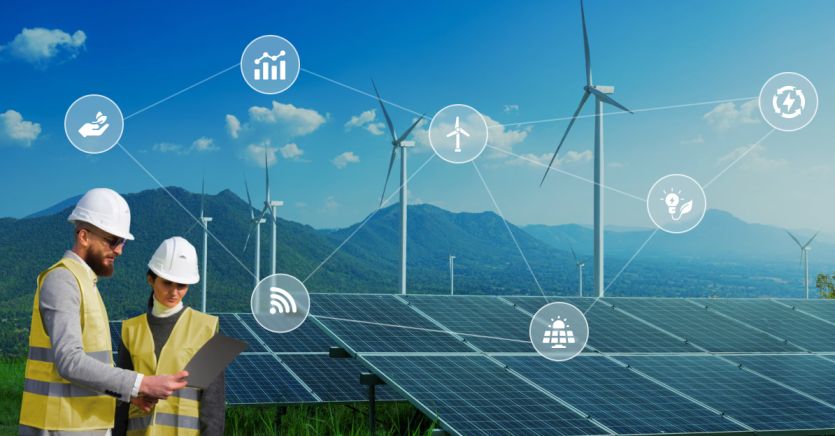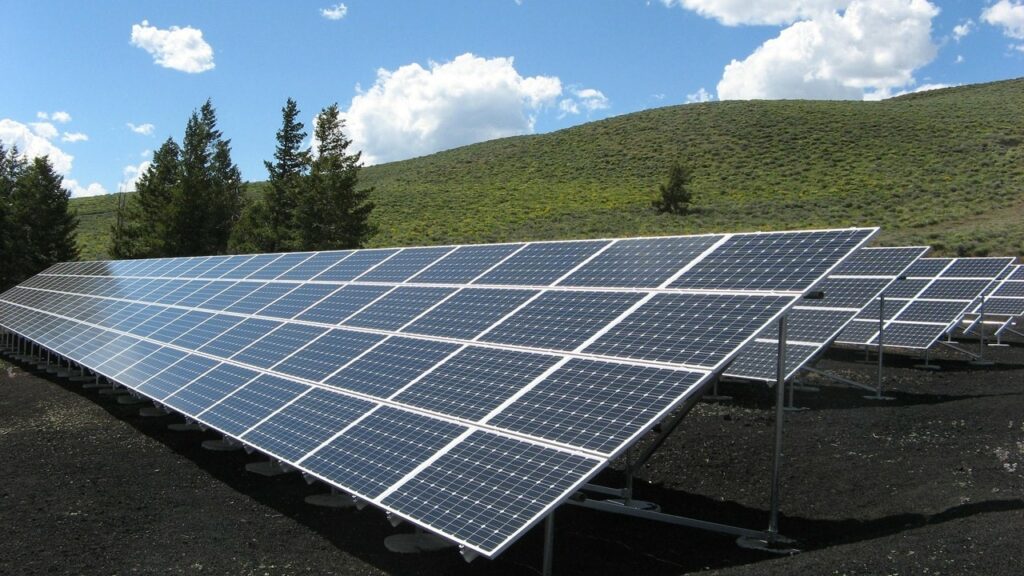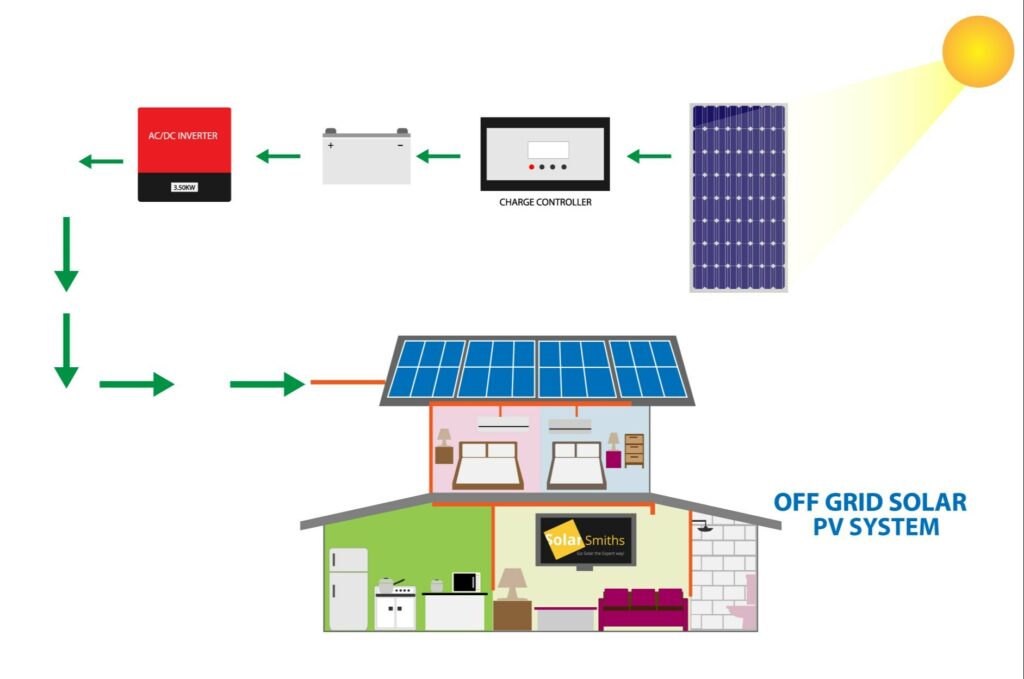The intersection of IoT and solar energy is a game-changer in the renewable energy industry. IoT helps in real-time monitoring, remote management, and enhanced decision-making capabilities of solar energy system. In simple words, IoT technology allows to monitor and control every aspect of your solar energy system from your smartphone.
In this article, we will discuss how the integration of IoT with solar systems can lead to a significant increase in efficiency and reliability of solar power plants.
The Integration of IoT and Solar Energy
Have you ever thought about how technology can improve your solar energy system? Imagine your solar panels, inverters, and batteries all talking to each other. That’s what IoT does!
Here’s how IoT is related to solar energy:
- Real-time monitoring: IoT enables constant oversight of solar energy system.
- Data sharing: Information about energy output and system health is shared instantly.
- Remote management: You can manage your solar system from anywhere, whether you are at home or on vacation.
For example, if your solar panel isn’t performing well, IoT technology will send you an immediate alert which allows you to address problems quickly, preventing potential issues from escalating.
Sensors are placed on solar panels and inverters, collecting data on various parameters affecting solar power generation, such as energy output and weather conditions. The data is sent to the cloud, making it accessible from your smartphone, tablet, or computer. The key parameters monitored by IoT systems are:
- Energy Output: Are your solar panels generating the expected power?
- System Health: Is your solar plant functioning correctly?
- Climatic Conditions: How do climatic factors like rain or snow affect solar power generation?
The Benefits of IoT-Powered Solar Energy Systems
One of the most significant benefits of IoT in solar energy is real-time data access which leads to better decision-making. For example, if your system is producing extra electricity, you may choose to run appliances during peak production times.
In addition, IoT systems can automate maintenance tasks in solar power systems, such as the adjustment of solar panels based on weather forecasts. Solar plant automation will not only save you time but also ensure peak efficiency of the solar plant.
Here are a few examples:
- Automatic Adjustments: IoT systems can change the angle of solar panels based on weather forecasts which ensures the capture the maximum sunlight.
- Cleaning Alerts: If dirt accumulates on your panels, the IoT system will send an alert and you can clean the panels before dirt affects solar panel performance.
The enhanced decision-making capabilities is another important of IoT-powered solar power plant. Optimization of solar power can lead to a significant increase in energy efficiency, which is beneficial for homeowners and businesses alike.
Predictive analysis is yet another key advantage of IoT-driven renewable energy system. The data collected by sensors is sent to the cloud for the analysis of energy production patterns which can help your solar system to adapt to changing weather conditions. For example, if a storm is coming, the solar system can adjust operations to prepare. The data-driven approach improves energy output and enhances sustainability.
Conclusion
The impact of IoT on solar energy systems is profound. Solar IoT provides real-time system information and predictive maintenance, which are critical for maximizing energy efficiency. Whenever IoT sensors detect issues, they send real-time alerts to your phone or computer which allows you to act immediately, preventing small problems from becoming costly repairs. In addition, IoT-driven solar energy system automates many processes, such as cleaning of solar panels.


